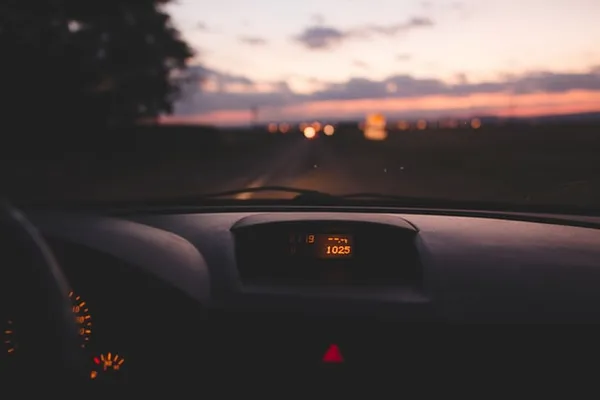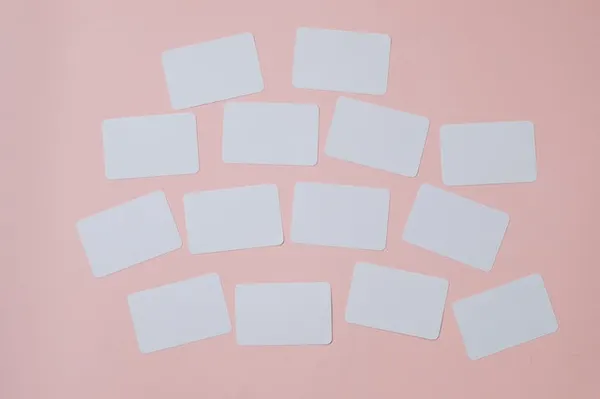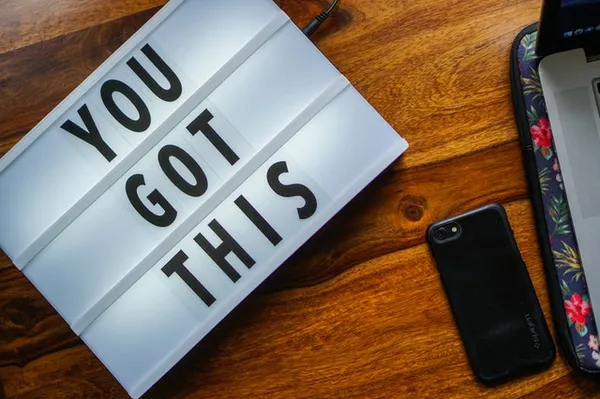Driving After Nine Years & Exposure Therapy
This blog post is associated with episode 24 of the podcast.
I wanted to share some exciting news: I got a car!
After having back-to-back accidents, the first one where my car was totalled and then a few months later, someone rear-ended me, I didn’t know if or when I was ever going to drive again.
I remember not wanting to eat or do anything the first few months after my accident. The only time I went out was to play ultimate frisbee, work, and school.
I remember having to pretend like I was okay but feeling exhausted, drained, and incredibly lonely afterwards.
I remember being told to “get over it” by someone who was close to me at the time only a couple of weeks after my accident.
I remember spending the next five or so years clutching the armrest whenever someone made a turn or ran a yellow light.
I remember the accident clearly and, at times, even to this day, I get vivid flashbacks. It makes me flinch, I get tense, my heart starts racing, and I feel like the colour has been drained from my face.

Despite both accidents not being my fault, I was blamed for it anyway and it was hard to seek out professional help because I didn’t know how and I was so focused on trying to not bomb all my courses at school. Looking back, I probably experienced some form of PTSD and it’s likely still lingering to this day and will be for the rest of my life.
As an 18-year-old, there was a lot of social pressure of wanting to make friends, trying to survive organic chemistry and calculus, thinking about my future, and doing everything I can to NOT be a failure in the eyes of my parents as everyone else in my life was successful. This period of time was one of the most difficult and intense moments I have experienced in my life.
As you can imagine, driving again after nine years is pretty nerve-wracking and being the already anxious person I am, everything is ten-fold. However, being a therapist and working with clients on their anxious moments have helped me self-regulate and practice some healthy coping mechanisms to help me drive again. I will say, though, that cars nowadays have sensors and cameras, which has definitely eased a lot of the nerves and has made me feel safer compared to the cars I drove in the past, where none of these safety options were available.
Asides from the fact that I bought this car so I feel more responsible and attached to it, it also helped push me to start driving again. I needed to drive because I live quite far from the clinic and just have my own independence again. Not having to rely on someone to drive me or taking transit has definitely made me feel freer and has given me the opportunity to do things I might not have done if commuting was a barrier.

I’ve had the car for about three weeks now and I wanted to highlight some of the thoughts and feelings that have surfaced, including self-imposed exposure therapy and how I’m trying to work through the anxiety.
It’s been helpful to remind myself that other drivers don’t want to get into an accident and most (hopefully) will be trying to take care of themselves and me. For instance, if I want to merge onto the highway or change lanes, they’ll probably either let me or make it obvious that they want to pass. It’s also been helpful to not feel rushed either. I’ve been telling myself that it’s okay if I miss a turn and that it’s okay if I need to take more time to get somewhere. Having a mantra can be soothing and comforting because it’s a way to remind ourselves of what we know and what makes us feel safe.
It’s human nature to want to avoid something that we’re scared of. That was my relationship with driving for the past nine years. Sure, you can say that I wasn’t ready for it yet and that I needed to process the situation, which is true, but I also avoided it like the plague because I was scared of doing it. Right now, my two biggest fears are parallel parking and driving on the highway, specifically merging onto the highway and changing lanes. I’ve been trying to push myself to just keep driving more and more, even if it’s to the mall or to practice, I just have to do it.
“Just do it” is also known as exposure therapy, a technique used by clinicians to help individuals overcome their fears and anxieties by breaking the patterns of avoidance, nervousness, and being scared. Essentially, it’s being exposed to a stimulus that causes the fear to surface.
Exposure therapy originated in the early 1900s and the principles are rooted in Ivan Pavlov’s classical conditioning, where a dog was trained to salivate when they heard the sound of a bell. Then, in 1924, behaviourist Mary Cover Jones adapted this study and focused on the process of changing an unwanted, learned response into a more desirable response. Over time, exposure therapy has been utilized to help individuals reduce obsessive thoughts and compulsions and anxiety about a situation so they can feel comfortable and able to do a certain task.
There are several types of exposure, including imagining or mentally confronting the fear, exposure to real-life objects and scenarios, and virtual reality.
This is also an evidence-based approach where research has shown that exposure therapy has helped people with challenges with OCD, PTSD, and anxiety.
For me, unfortunately, I pretty much had to dive into the deep end because I took the highway home the day I went to pick up my car. However, the first few times I drove, I had someone in the passenger seat with me to help me feel reassured and that I wasn’t alone and left with my thoughts. Now, I have been driving more often, even if it’s short distances like to the gym or to the mall by my house, so I can get practice. Next week is going to be the real challenge - I’ll be driving onto the highway and to the clinic, which is about 30-40 minutes away.
People who know me will probably describe me as someone who is organized and prepared. Sometimes I overdo it and I definitely have been with driving. Before I have to drive, I will spend a lot of time figuring out every corner or light I have to turn, studying the map if I’m going somewhere I’m not familiar with, and running through the paths I have to take over and over…and over again in my head. It is definitely exhausting to do this but it also brings me a lot of comfort because it makes me feel prepared and that I’ve done my best to be ready.
It reminds me of my undergrad exams where I would sit the entire duration of an exam and check my answers repeatedly. I was also the type of student who would go to all my classes because if I didn’t do any of this, I felt like I was cheating myself and not trying my best. Truthfully, I used “trying my best” as a justification whenever I didn’t do as well as I hoped in a course. I would tell myself, “at least I tried my best and did everything I could.”
I’ve applied this to driving and I can outwardly admit that it’s excessive. I know that, over time, with more practice and experience, I’ll start to feel more comfortable and trust in myself without having to spend sometimes an hour to get ready to drive. Instead, I hope that I can get to a place where I can prepare by looking at the map beforehand and then just going and doing it.
So…there you have it! The three themes I’ve noticed over the past three weeks of driving again: reassuring myself, just doing it, and feeling prepared.
If there’s something in your life that’s been scaring you, I encourage you to dip your toes or take a dive into the situation. Do what’s comfortable for you but know that, whenever you’re ready, you got this!
